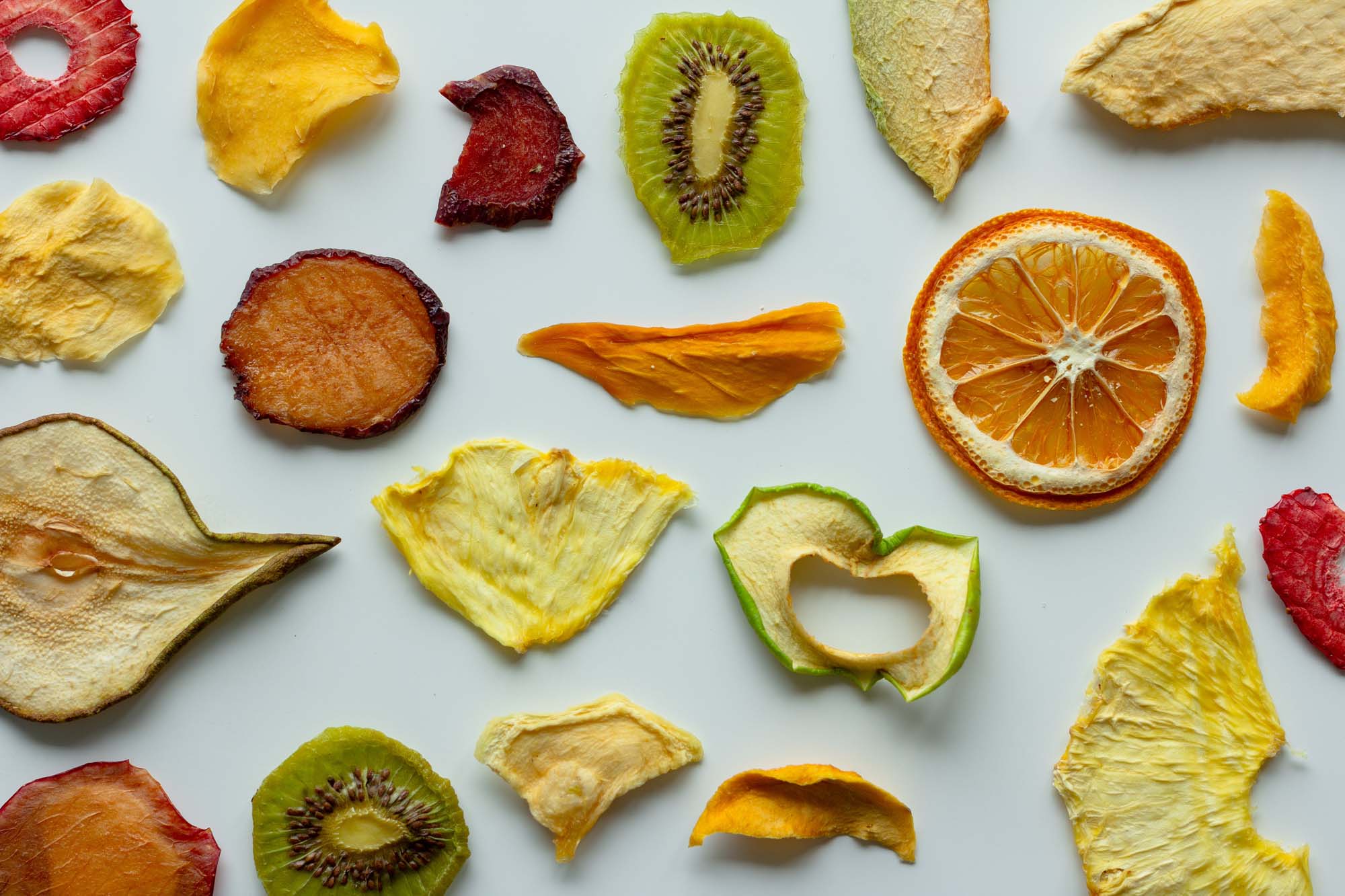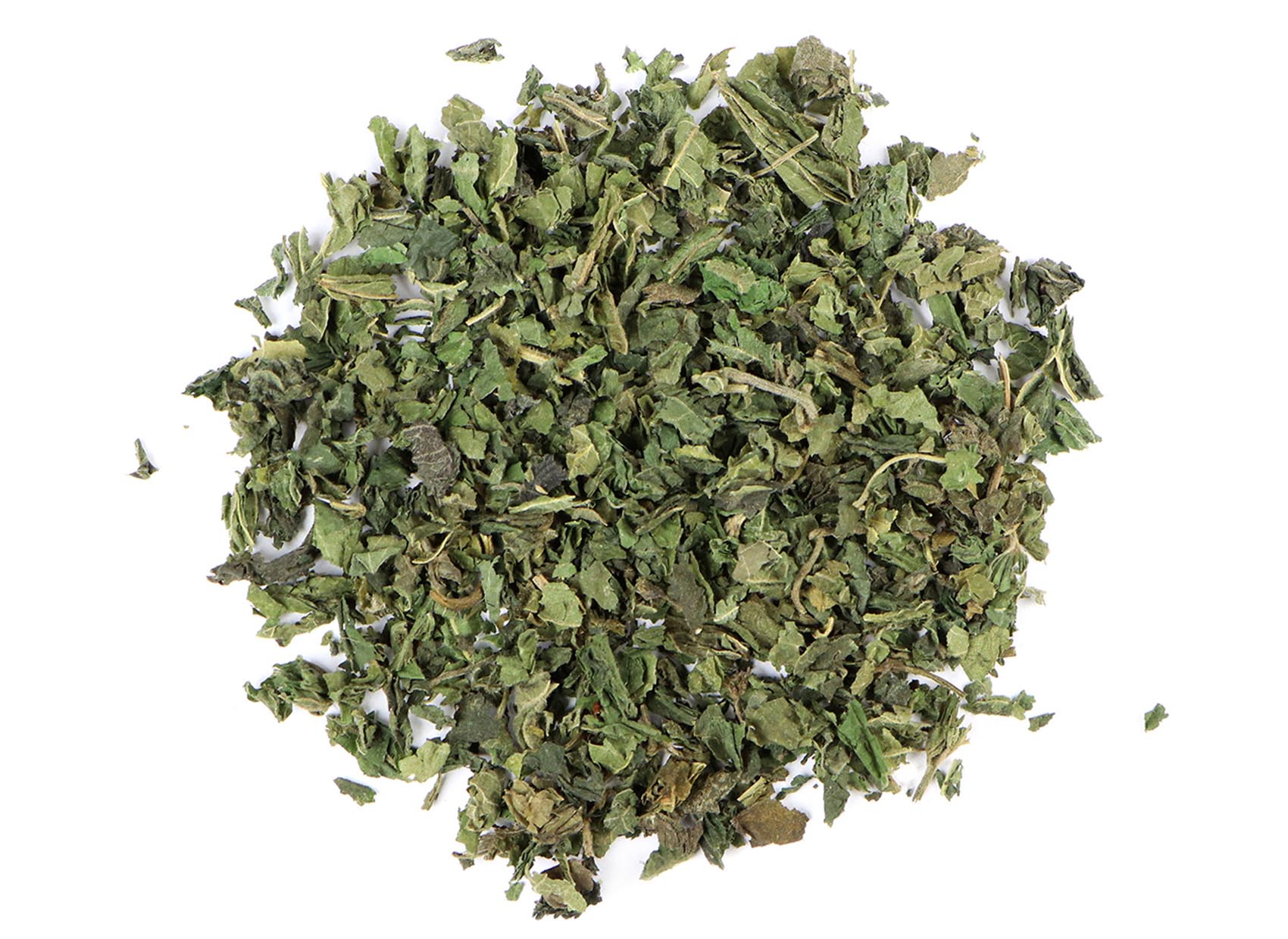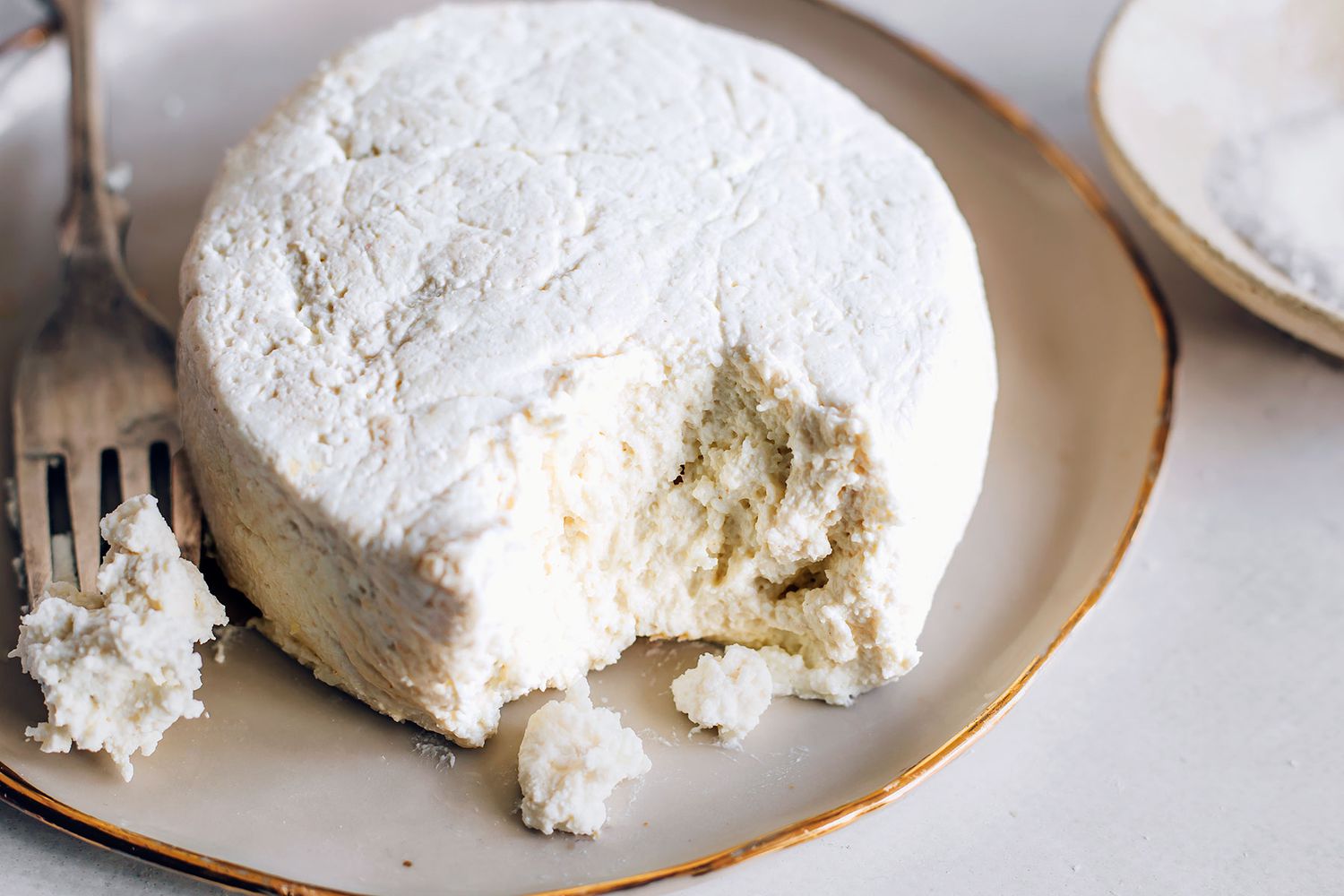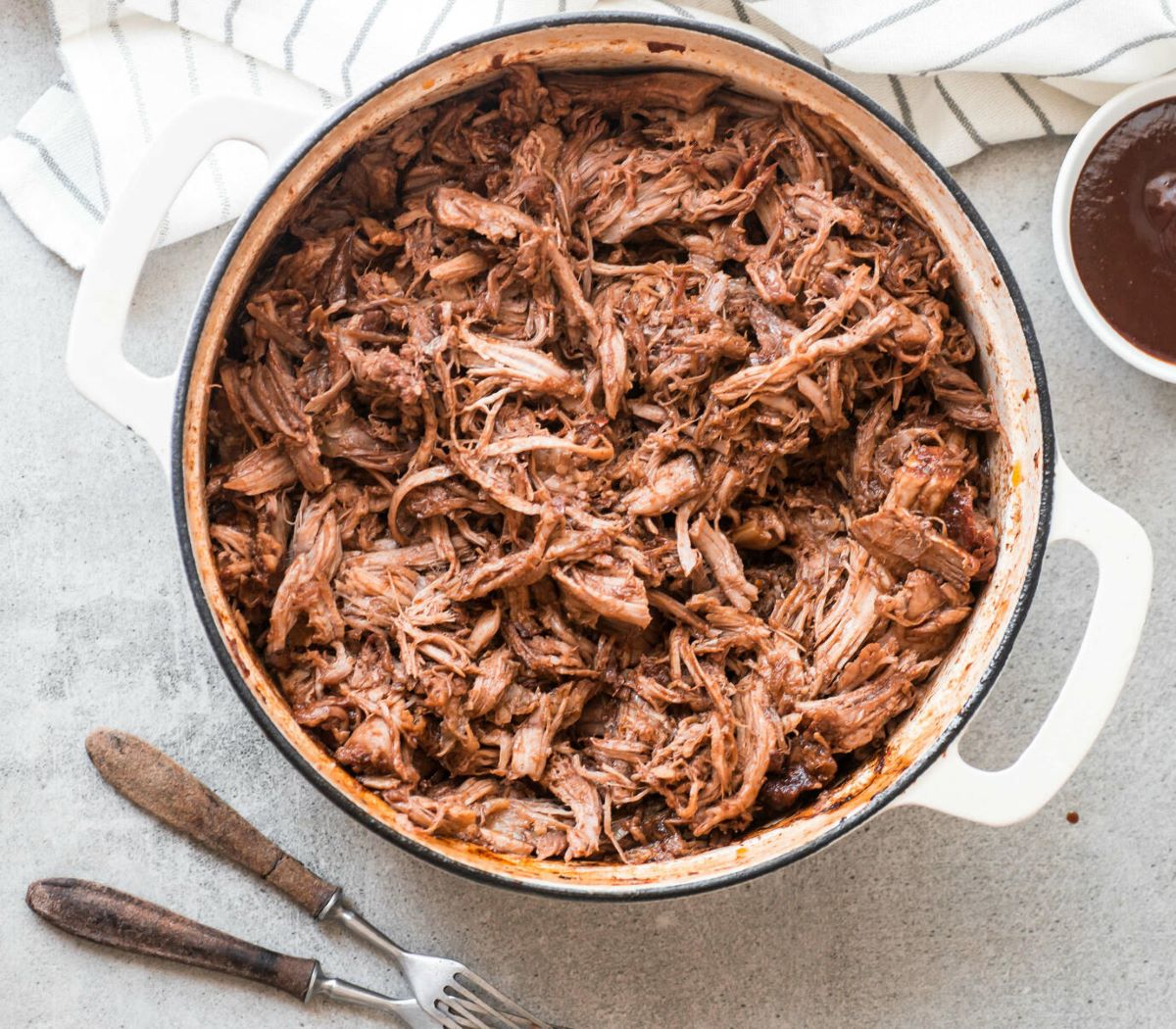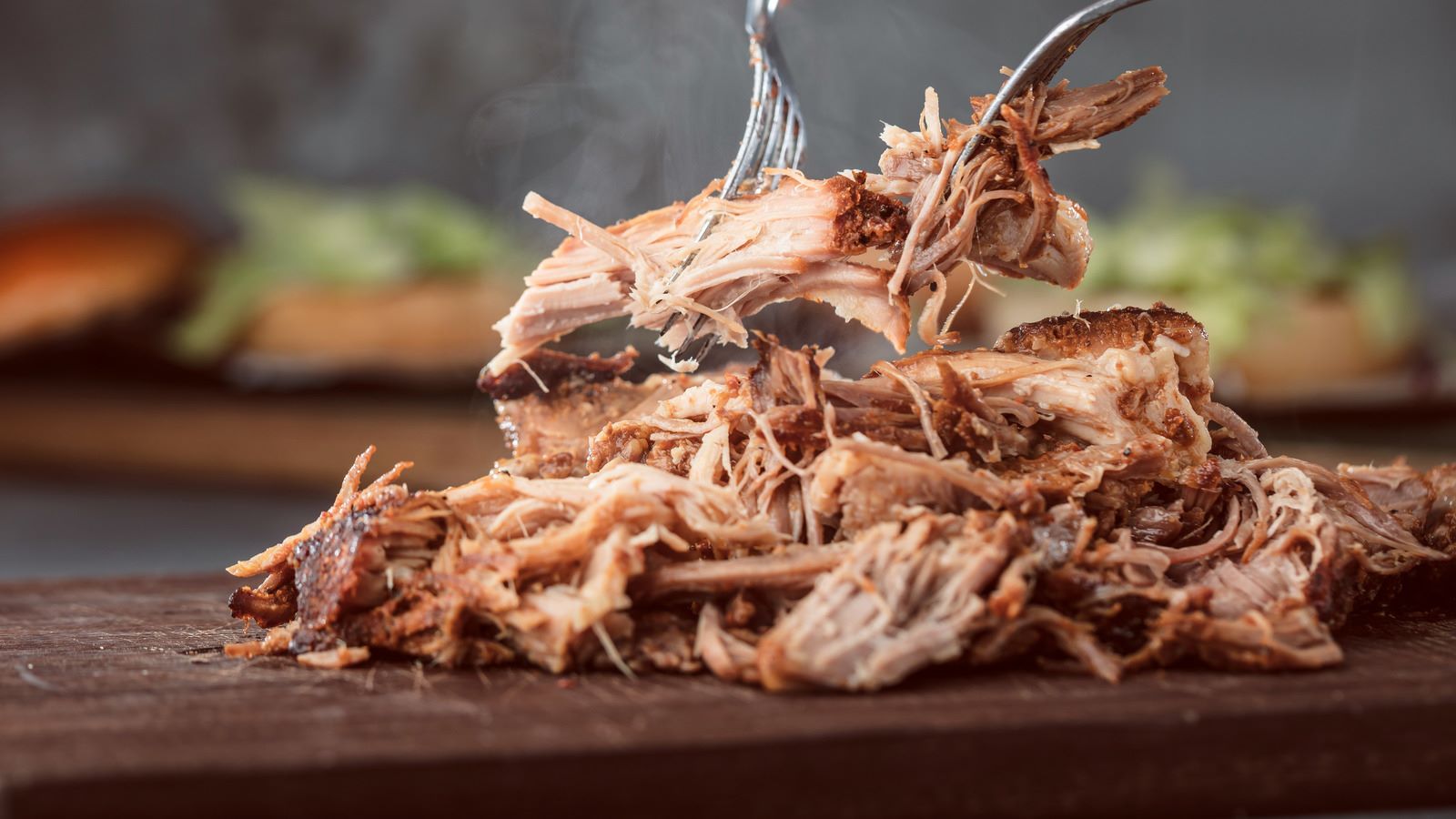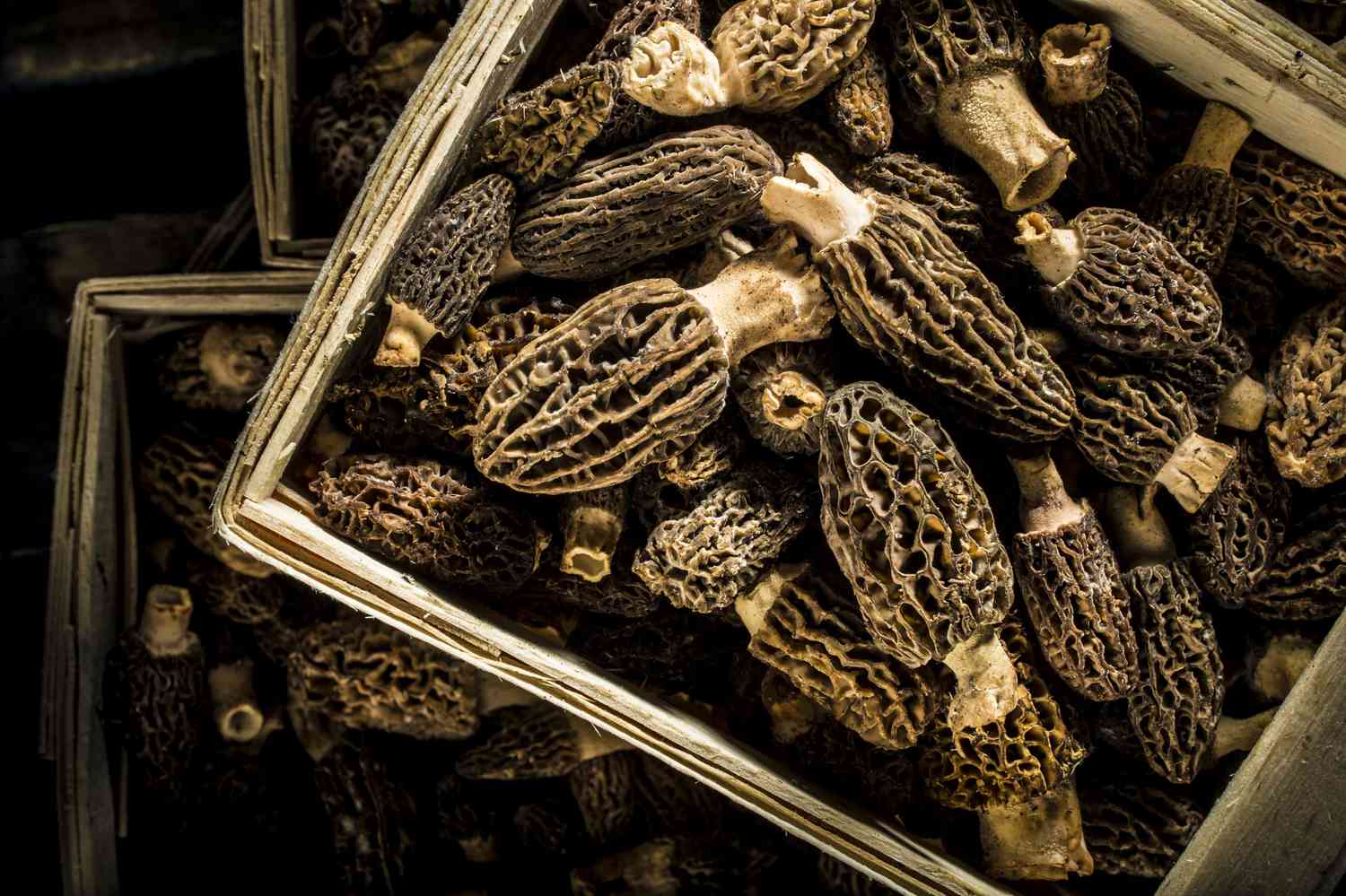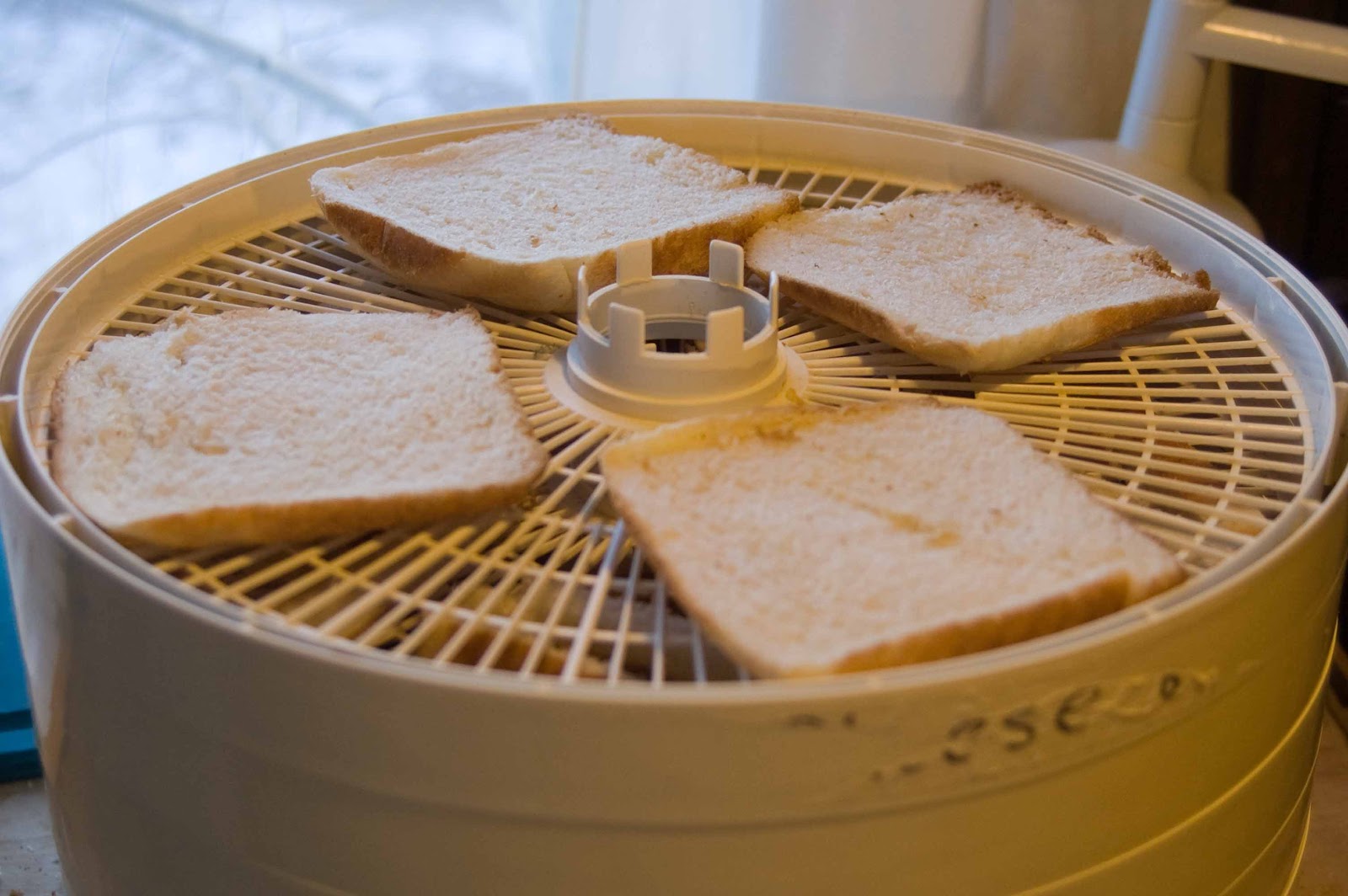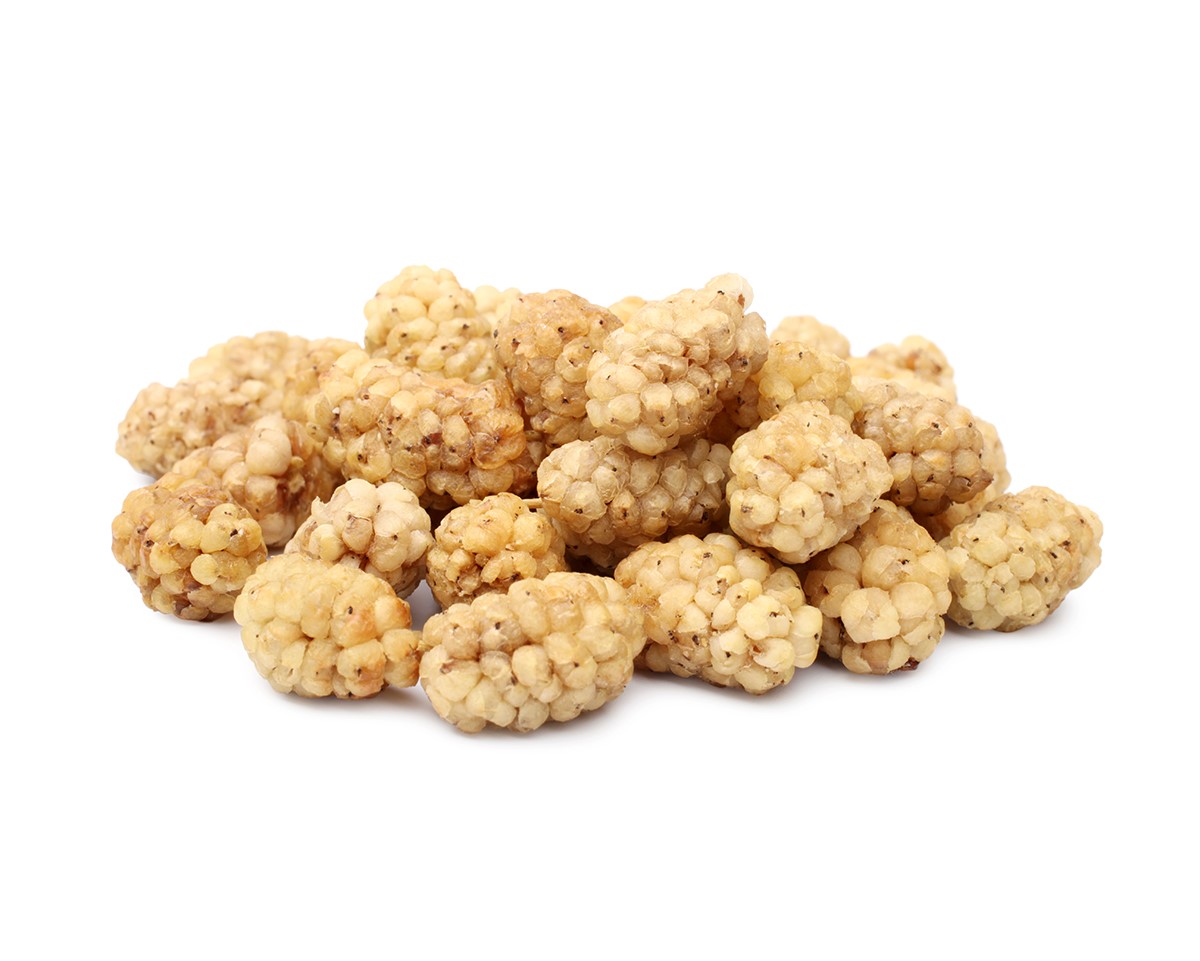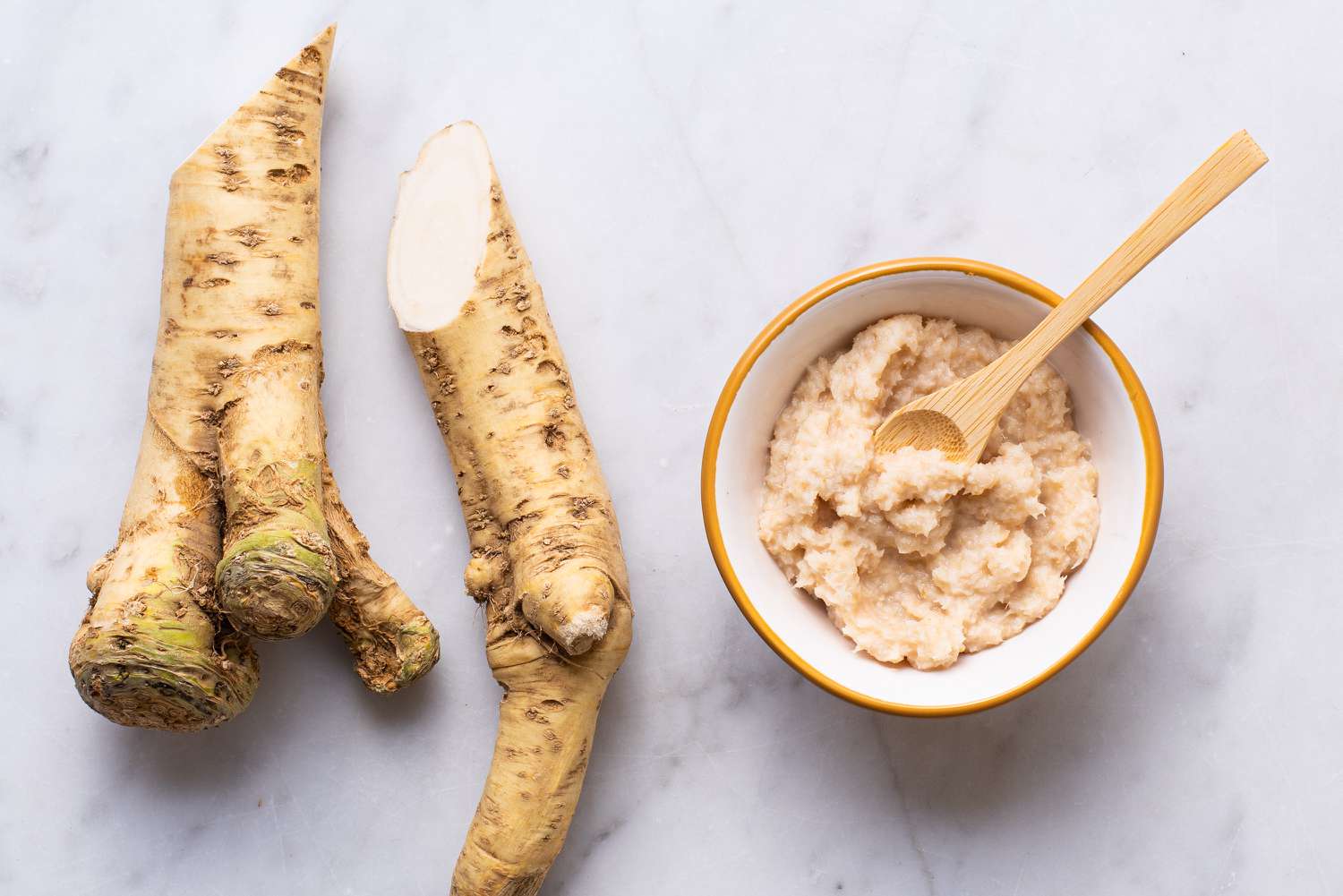Dehydrating Butter to Powder: A Handy Guide
Dehydrating butter to powder is a great way to extend the shelf life of this kitchen staple and make it easier to store and use in your favorite recipes. Whether you want to stock up on butter for emergency preparedness or simply enjoy the convenience of powdered butter, this guide will walk you through the simple process of dehydrating butter to powder.
What You’ll Need
Before you get started, gather the following supplies:
- Unsalted butter
- Dehydrator
- Parchment paper
- Blender or food processor
- Airtight container for storage
Step 1: Preparing the Butter
Begin by cutting the unsalted butter into small, uniform pieces. This will help the butter dehydrate evenly and thoroughly.
Step 2: Dehydrating the Butter
Place the butter pieces on a parchment-lined dehydrator tray, making sure to leave space between each piece for air circulation. Set the dehydrator to a low temperature, around 125°F to 130°F, and allow the butter to dehydrate for 8 to 12 hours. The exact time will depend on the moisture content of the butter and the humidity in your environment.
Step 3: Testing for Dryness
To test if the butter is fully dehydrated, remove a piece from the dehydrator and allow it to cool to room temperature. The butter should feel dry to the touch and crumble easily. If the butter is still soft or greasy, return it to the dehydrator for additional drying time.
Step 4: Grinding the Dehydrated Butter
Once the butter is completely dehydrated, transfer the pieces to a blender or food processor. Pulse the dehydrated butter until it becomes a fine powder. Be sure to blend in short bursts to prevent the butter from heating up and melting.
Step 5: Storing the Powdered Butter
Transfer the powdered butter to an airtight container for storage. Keep it in a cool, dark place away from direct sunlight and moisture. When stored properly, powdered butter can last for up to a year.
Using Powdered Butter
Powdered butter can be reconstituted with water to use as a spread or in recipes that call for butter. Simply mix the powdered butter with a small amount of water until it reaches the desired consistency. You can also sprinkle powdered butter directly into dry ingredients when baking or cooking.
Now that you know how to dehydrate butter to powder, you can enjoy the convenience of having this essential ingredient readily available in your kitchen. Whether you’re an avid baker, a prepper, or just looking for ways to streamline your pantry, powdered butter is a versatile and long-lasting addition to your food storage arsenal.
Creative Recipes and Further Applications of Dehydrated Butter Powder
Now that you've mastered the art of dehydrating butter to powder, it's time to put this innovative ingredient to use in a variety of delicious recipes. From breakfast favorites to decadent desserts, dehydrated butter powder can enhance the flavor and texture of many dishes. For a classic treat, try the Fluffy Pancakes Recipe which promises a lighter texture using your homemade butter powder. If you're in the mood for something sweet, the Classic Chocolate Chip Cookies Recipe and Decadent Brownies Recipe are perfect for showcasing the rich, buttery flavor. For savory dishes, the Buttery Croissants Recipe and Creamy Macaroni and Cheese Recipe are highly recommended. These recipes not only demonstrate the versatility of dehydrated butter powder but also allow you to enjoy the rich taste of butter in a more convenient and shelf-stable form. Experiment with these suggestions to discover new culinary delights in your own kitchen.
Was this page helpful?
Read Next: How To Dehydrate Vegetable Oil
